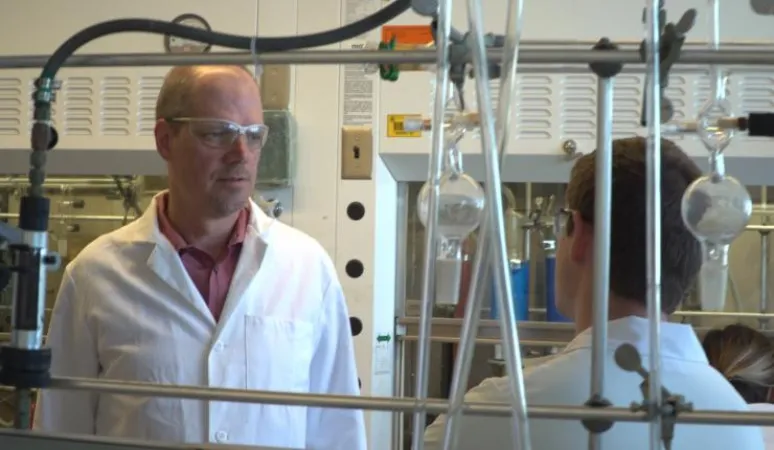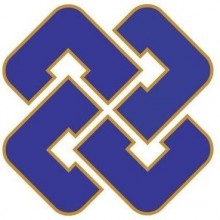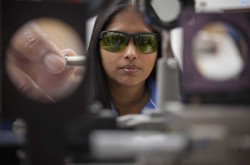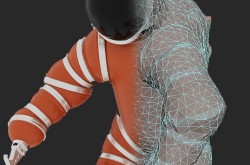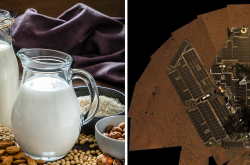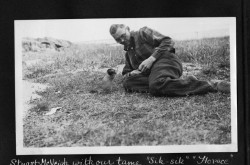Dr. Warren Piers uses Chemistry to Create Plastics and Drugs
This article was originally written and submitted as part of a Canada 150 Project, the Innovation Storybook, to crowdsource stories of Canadian innovation with partners across Canada. The content has since been migrated to Ingenium’s Channel, a digital hub featuring curated content related to science, technology and innovation.
2016 ASTech Award for Science Winner Dr. Warren Piers is considered an expert in organometallic chemistry around the world. Although this may sound daunting, Piers simply describes it as “the process of making molecules which contain metal carbon bonds. (These molecules) are important compounds for the catalytic reactions responsible for creating pharmaceuticals, polymers, plastics and more.”
This field is a significant contributor to many other fields and has been the recipient of six Nobel prizes over the past 50 years. Piers is a senior member in this field and currently holds the position of Tier I Canada Research Chair in the Mechanisms of Homogeneous Catalytic Reactions at the University of Calgary. This is one of the top positions offered by the federal government to Canadian researchers working in post-secondary schools.
For the past 20 years, Piers has been making important discoveries in organometallic chemistry. One of his earlier innovations occurred during his time studying borane-catalyzed hydrosilation chemistry in the mid 1990s. This work involves the addition of a silicon-hydrogen bond to an unsaturated substrate. Piers’ research determined that non-metal catalysis could be used in place of the commonly used metal catalysis. This discovery was a breakthrough, because non-metals in catalytic reactions are much cheaper, more abundantly available and less toxic. This discovery has greatly improved the processes involved in borane-catalyzed hydrosilation chemistry.
Read the full story here.
Transcript
Dr. Warren Piers is an expert in organometallic chemistry where his discoveries have improved the production of industrial chemicals and helped influence other scientific research with over 10,000 citations on his papers.



